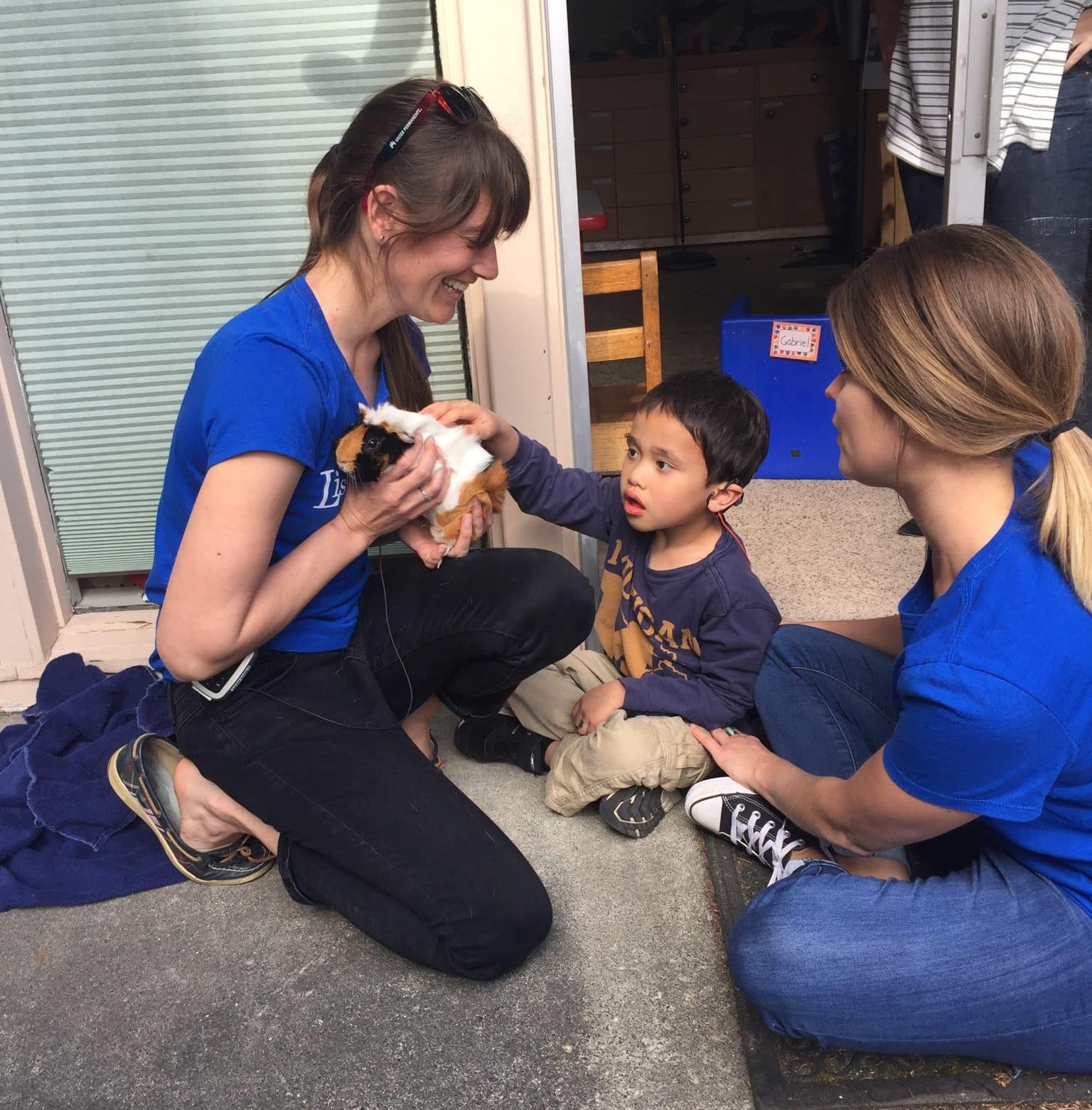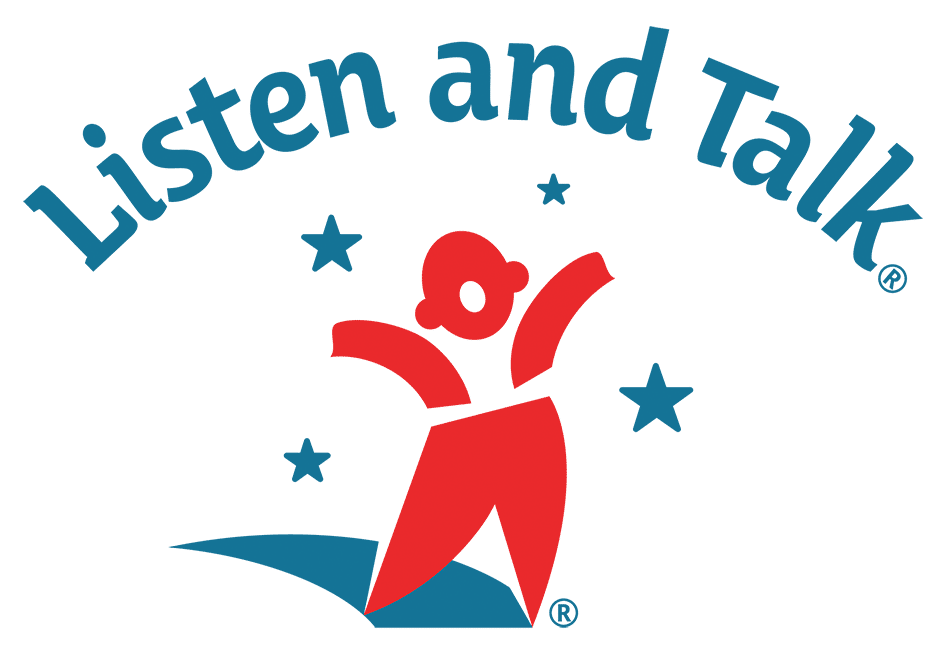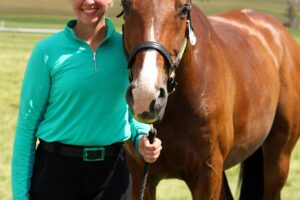
Benefits of Animal Interaction for Development with Hearing Loss
Animal therapy is well-documented as a learning tool, coping mechanism, and functional aid for people of all ages with a wide range of disabilities. Ranging from Emotional Support Animals (ESAs) to Service/Assistance Animals (such as Guide Dogs/Seeing Eye Dogs), the benefits of structured animal therapy are vast, offering qualifying individuals opportunities to thrive in all environments, including general classroom settings. While Service Animals go through regulated training and ESAs are certified through licensed medical professionals, any animal–yes, even reptiles, fish, guinea pigs, and birds–can play a pivotal role in child development.
At Listen and Talk, we aim to expand opportunities for children who are deaf or hard of hearing (DHH), preparing our young students for an inclusive future alongside their hearing peers through Early Intervention and Listening and Spoken Language (LSL) strategies. In addition to growing their self-advocacy related to deafness and hearing loss, we also focus on addressing other needs that many children who are DHH require, such as sensory and behavioral needs as well as theory of mind.
From social and emotional to behavioral and cognitive, here are some of the benefits of routine animal interaction for childhood development:
1. Communication Strategies
Conversational turns is an area of development that we focus on in and outside the classroom to improve upon social skills. While there won’t be any back and forth on the animal’s part, children often can nevertheless carry on a conversation with the animal, whether real life or stuffed animal. Parents and siblings can also partake in these conversational turns when interacting with the animal.
2. Auditory Memory
Because the brain has to go through extra steps for processing sound with specialized hearing devices–and has to work harder, resulting in listening fatigue–children who are DHH often struggle in their developing years with recalling and following through with multi-step directions. The responsibilities surrounding pet care can become routine multi-step procedures initially guided by the parents. Mom or Dad can say, “First, fill his water bowl. Then, fill his food bowl.” Eventually, more steps can be added at one time in an effort to continuously strengthen auditory memory.
3. Language Structure
For children who are DHH and following the LSL strategies for development, communication around animals can create a learning environment outside of the classroom. Children are often excited to talk about animals, and so, despite listening fatigue, they might be more patient with speech corrections pertaining to a specific animal at hand. For example, parents can practice having their children answer “what,” “where,” and “who” questions, such as: “What do dogs like to eat?” “Where do turtles live?” “Who takes the cat to the vet?” Other linguistics can also be addressed such as use of possessives, proper pronoun usage, copula and auxiliary verbs (“is,” “am,” “are”), etc. For guidance on what morphemes to focus on, it is a good idea to reference your child’s IEP goals.
4. Emotional Intelligence
Though animals are non-verbal, they still communicate through body language and sound. As children begin to develop a theory of mind–i.e. the ability to read both their own and others’ emotions, wants, and needs–animals are an exceptional learning tool for shaping this development. For example, parents can say to their children, “It looks like Fluffy is scared right now. Maybe we need to calm our bodies and give him some space, just like you sometimes get scared and need space.”
5. Gross and Fine Motor Skills
From walking a dog to scooping out a litter box to petting a guinea pig, pet care requires motor skills across the board in a setting outside of the typical learning environment with materials separate from generic school supplies.
6. Grounding
The simple act of touching an animal, or even looking at one that can’t be pet (such as a fish), is clinically proven to lower blood pressure and decrease stress hormones. We emphasize to our students that it is okay to have your emotions, and we work to provide them the means for managing these feelings utilizing tools such as designated calm spaces, counting to ten, or reading a book. Animals are yet another tool that can be added to this stockpile. Children with behavioral outbursts also can practice calm, gentle behavior around animals.
7. Self-Advocacy
It is important to build self-advocacy skills for children who are DHH, especially with regard to control of their personal hearing devices. Self-advocacy can also be extended to taking care of one’s daily routine needs, modeled through the responsibilities of caring for a pet.
8. Imaginative Play
Dramatic play is a daily part of our school day as one of the activities the children can choose to participate in during semi-structured free play (“Centers” or “Discovery Time”). Other Centers activities that call upon imaginative play include the block area and sensory table. As children develop their social skills, sometimes they engage in parallel play (doing the same activity next to their peers but not engaging their peers) rather than interactive play. Many children that are working on social development and imaginative play thrive with animals–even stuffed animals–by creating and acting out scenarios, such as pretending to be the veterinarian taking care of the animal patient. Parents and siblings can encourage this play by engaging in conversational turns, thereby also improving upon the child’s communication skills.
All types of animals (even stuffed animal toys) can benefit child development. If you don’t have a pet in your household or are not able to have one, consider asking a neighbor. That’s how my family ended up getting a dog. 🙂
Has your child benefited from animal interaction? Share your story with us on our Facebook page or comment below!



2 Comments
I like how you mentioned that children who are DHH and following the LSL strategies for development, communication around animals can create a great learning environment. My son is deaf, and absolutely loves animals, and I’ve been thinking of taking him to a traveling animal show. After learning about all of the many benefits of animals for children who have hearing problems, I will definitely take my son to the animal show.
It ‘s awesome how infants with DHH can create a great learning environment around animals. My sister is taking her kids on vacation to the beach. I will recommend her taking her so to interact with animals, like dolphins, that way his kid will build self-advocacy skills.